Thyroid Joint Pain
What Is Thyroid Joint Pain?
As researchers continue to study the thyroid and its effects on the body, they are finding more and more connections with thyroid issues and joint pain. Normally, the thyroid releases hormones that help control the body’s metabolism. This allows the body to convert food that people eat into energy for daily activities. Without the thyroid functioning at its highest level, the body’s metabolism begins to get out of whack. When the thyroid begins to malfunction, hypothyroidism occurs, when the gland is underactive. This means the thyroid controls less of the body’s metabolism than normal. Since energy effects how your muscles feel, it can have a very large effect. As the hypothyroidism becomes worse and worse, fluid begins to surround the joints when a person’s metabolism begins to slow. This leads to pain throughout the body.
How Can It Occur?
Thyroid Joint Pain can lead to a variety of issues in the body, from stiffness, swelling in the feet and hands, aches in the muscle, tenderness in the hips and shoulders, and even carpal tunnel issues. What the body is trying to do is signal, in the form of pain sensor nerves that the body is not functioning properly or effectively. When it comes thyroid health, this gland is very important in appropriate functioning of the endocrine system. From studies done by Wilson and Walton in 1959 to as recently as a Pediatric Endocrinal Metabolism study in 2008, all have shown muscle pain has a direct correlation to thyroid issues. Chronic pain can even worsen if the weather turns cold or if the body is already dealing with numbness, cramping, fatigue, or tingling sensations within the body.
Other pain can come from the reaction to food that people have eaten. Sensitive stomachs and issues in the digestive system can cause for a gut that leaks, leaving the body in an imbalance or with a bacteria issues. The stomach inflammation can then travel through messengers in the body via the bloodstream, which leads to pain running through the body to places like the pelvis, back, and neck. More serious issues occur when the brain becomes inflamed, all of this resulting from a simple thyroid issue. Thyroid pain issues are related to fatigue throughout the body, as well.
When chronic pain results from a thyroid malfunction, it is very common for autoimmune issues to occur like Hashimoto’s and/or postpartum thyroiditis. Further assessment will show that the thyroid gland has blood levels that are out of the ordinary, when it comes to free T4 and T3 functions. Research has shown that women are more prone to thyroid malfunctions that could affect the autoimmune system and the endocrine system.
What To Do With Thyroid Joint Pain
Be aware of the pain signals your body is telling you. This gives people a red flag as to an imbalance in their body. This may not be a signal that tells the body exactly where the pain is coming from, but this will help guide an individual and/or doctors to the area of an exact issue. Don’t be afraid of the pain, but use it to your advantage. Be more attentive to when you are feeling better, or what foods or physical activities make the joint pain feel better or feel worse. You may even consider journaling this information to give exact information to medical professionals. Write down the times and dates. These are all clues to help with fixing the problem at hand.
Notice if you are having joint pain in the pelvic area. If you are a man or a woman, pelvic pain can occur with thyroid joint pain. Help doctors assess where the pain occurs. Is there pain on the pelvic floor? Is the pain resulting in the back, reproductive organs, and/or from bladder issues? These questions should be discussed to determine the next steps in relieving pain.
How Improving Thyroid Health Relives Pain

A lot of times, over-the-counter thyroid complexes or supplements can help relieve the pain caused from thyroid issues such as Thyromate. Drugs like acetaminophen and ibuprofen are commonly used to help in this process. This should be the first combatant when fighting a thyroid problem. Another simple alternative is for doctors to prescribe a hormone for the thyroid that will lower the increased creatinine in the body.
Also, a doctor may need to be seen if an individual’s thyroid health continues to decrease, leading to autoimmune diseases like arthritis. Some individuals may continue to struggle with swelling and stiffness. Your doctor may have other options to help lessen the pain.
Other methods involve nourishing the thyroid with extra nutrients, varying supplements and medications, and even psychological practices to allow for relaxation in the body and brain; this will help the endocrine system calm itself. Some people may need to be coached as well to relieve emotions and improve the issues of the thyroid.
You may have heard of detoxifications from food in the body to lose weight or cleanse the body of negative chemicals. Detoxification can also be used for a malfunctioning thyroid, to lessen the toxins affecting the gland, as well as a nutritional plan composed of food that will not be sensitive to the stomach and digestive organs. This can be a wonderful tool to heal chronic pain and the thyroid two-fold. Furthermore, reduce the intake of sugar in the diet. Instead increase the amount of selenium in the body. Research has proven that a small amount of selenium, about 200 mcg, can greatly help the body. Specifically, women who took selenium during pregnancy, lowered their chances of thyroid issues and autoimmune diseases. Selenium can be found on its own or in a multi-vitamin. Not interested in vitamins? Then, buy some Brazil nuts, which have selenium within their makeup.
Exercise can be another helpful way to improve the body. Aerobic activities, that are low-impact, greatly challenge and motivate the body to fight thyroid issues. Twenty minutes up to an hour, on a daily basis, will help get the heart pumping blood, increase the metabolism, and help with weight loss. Exercise could lessen the blow of joint pain throughout the body. Some of the aerobic activities could include riding on a stationary bike, using an elliptical, and even swimming some laps up and down the pool.
Lifting weights should also be done to counter a thyroid malfunction. Any type of strength-training helps to create muscle size, which burns more calories than fat ever can. With weight training, this would help with weight loss to lessen the burden of strained joints. Consider doing squats, leg lifts, lunges, and calf raises to help your lower body joints. Begin with a lower number of repetitions for these exercises (like 10-15). Eventually, you can build up to doing 2 or 3 sets with the same amount of reps.
Weights too much for you? Then, think about practicing some yoga. Yoga helps relieve joint pain and helps with flexibility. There are different poses that people can do to decrease inflammation in different parts of the body. For example, if an individual is dealing with shoulder pain, they should sit on the floor with their feet lying flat. The arms should stretch high above the head, and should be held for at least 30 seconds at a time.
Sleep is also important when dealing with thyroid joint pain. If you aren’t sleeping, then your body will not recover as fast. Also, being sleep deprived can lead to people eating more junk foods, which counteracts for added weight onto an individual. Ultimately, this will lead to stressed joints and the pain that people feel. Consider getting eight to nine hours a night for best results.
With good sleep each night, hopefully you will be able to eat better as well. Instead of fatty, junk foods, prepare fish, which has omega-3 fatty acids; fish actually will lessen inflammation in the joints. Some fish could include salmon, trout, mackerel, tuna, and swordfish to name a few. Along with this meal, eat lots of veggies and fruit, which counteract inflammation throughout the body, too.
The fact of the matter is the people will always fatigue, no matter if they have a thyroid malfunction or not. But, don’t allow the fatigue to win out. If you notice you are starting to get tired, take some short breaks. These breaks don’t have to be longer than 10 minutes at a time, spaced out 3 or 4 times throughout the day. Consider some relaxation and stretching to help battle fatigue.




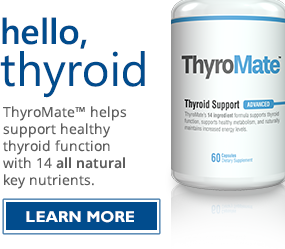

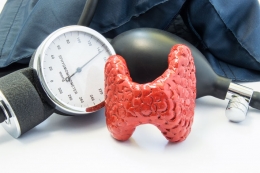
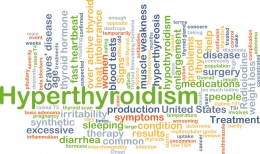
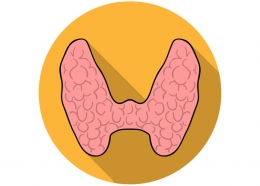

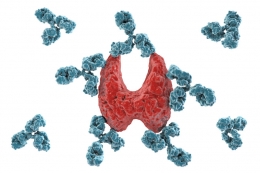

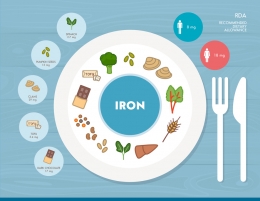
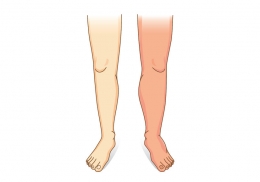

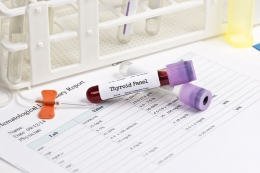
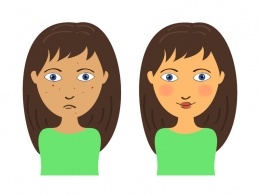













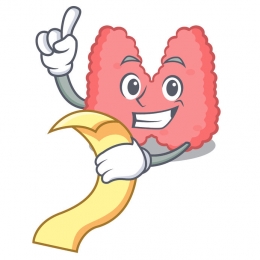


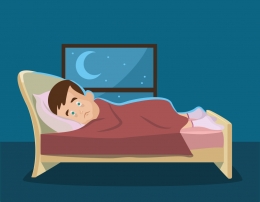

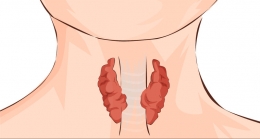
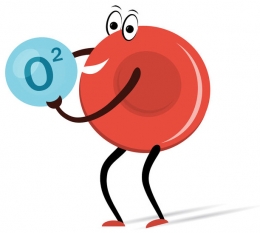

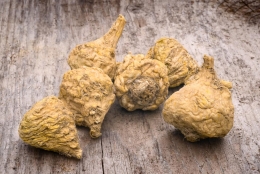
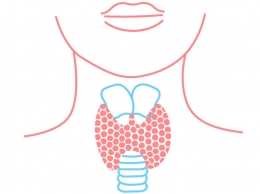





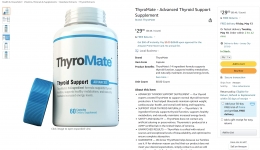





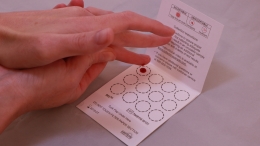



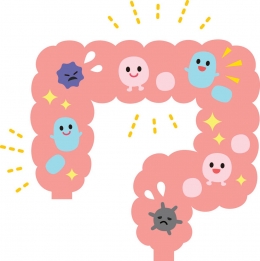




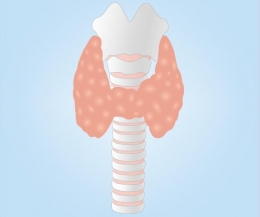
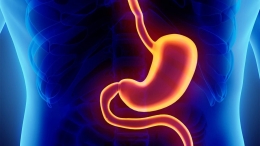
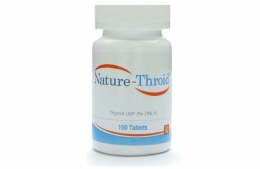






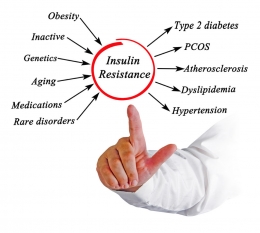
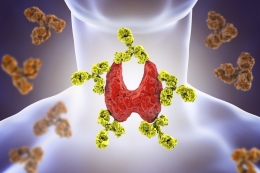

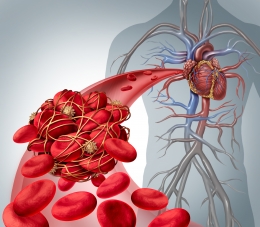
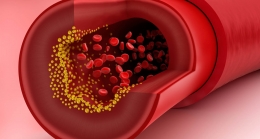


Leave a comment